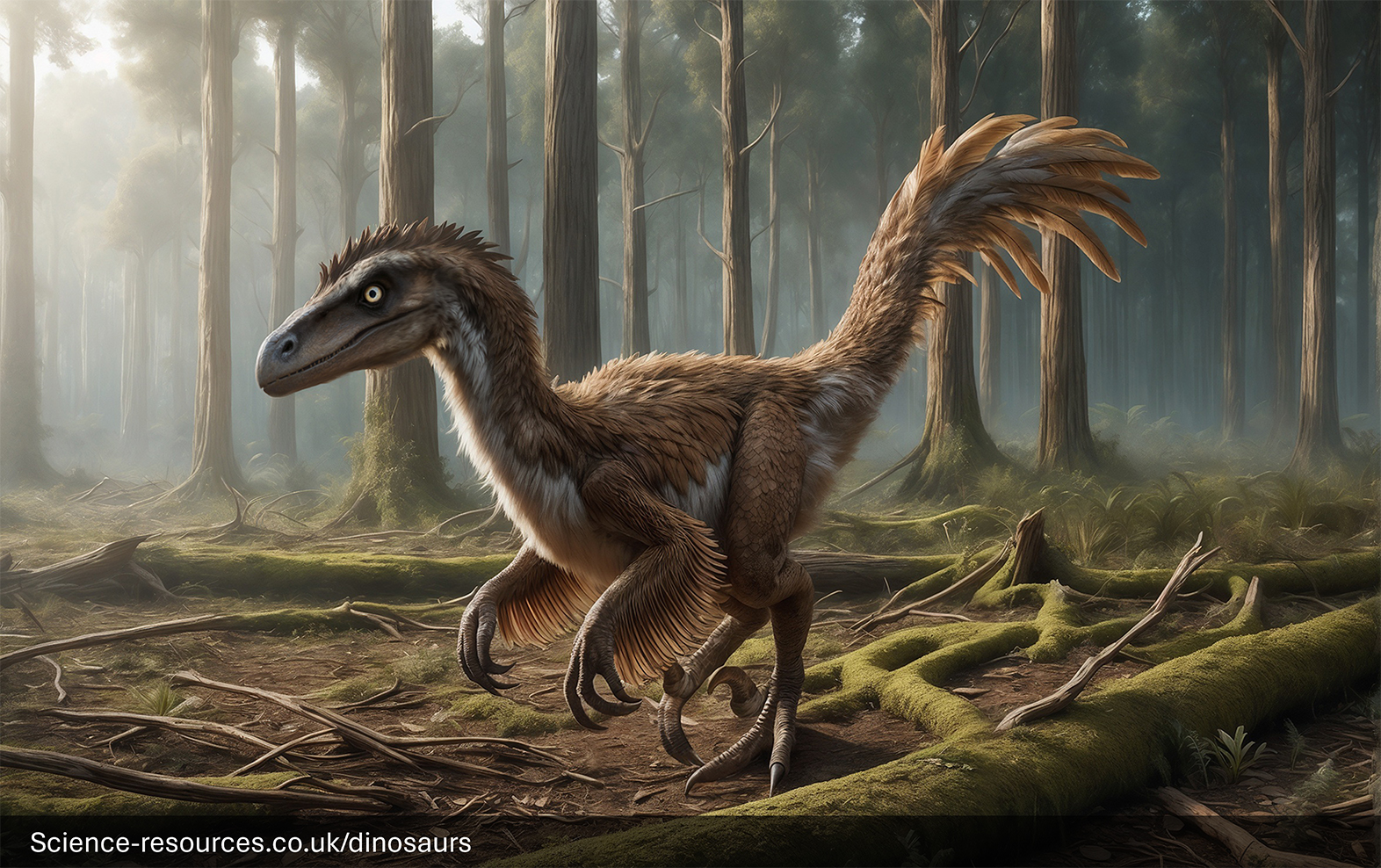The Catastrophe that nearly eradicated life: The Permian Extinction.
Earth came into existence around 4.54 billion years ago, but life didn’t start until 2.5 billion years ago, marking the start of the Phanerozoic Eon. Paleontologists divided the Phanerozoic Eon into three different Eras: The Paleozoic, Mesozoic, and Cenozoic Era. Across these three Eras, there have been five major mass extinctions. The most well-known is the end-cretaceous mass extinction during the Mesozoic era, which whipped out the dinosaurs. However, there was an even deadlier mass extinction that predated it called the Permian Extinction also known as “The Great Dying.” Where around 90% of all species on earth went extinct and it was the closest we’ve come to life coming to a complete stop.
The Permian is the last of 6 periods of the Paleozoic Era and serves as the transition into the Mesozoic Era. At the beginning of the Permian earth’s tectonic plates were shifted in a way that gave us the supercontinent Pangea. This gave us 2 major oceans: the Panthalassic Ocean which took up 70% of the earth's surface and a smaller ocean known as the Paleo-Tethys Ocean. The climate was very dry and humid (Nereo Preto, et al par. 2). Land animals like terror birds and dimetrodon were able to adapt to this type of climate. In the ocean, you can find things like Helicoprion (also known as the chainsaw shark), and Conodonts. All these were animals that would be lost after the Permian and we would come to learn about them through fossils.
But what caused the deadliest mass extinction 255 million years ago? Scientists believe there was an unusually long series of heavy volcanic eruptions that took place during the end of the Permian (Stephenson 3) These eruptions lasted millions of years and caused CO2 levels to increase. This made Earth’s climate unendurable, anything that wasn’t killed off by the initial eruptions was ultimately killed by the collapse of ecosystems resulting in 70% of land species going extinct. Moreover, the increase of CO2 in the ocean caused the ocean temperature to rise and left many species unable to breathe, as a result, 96% of marine life went extinct.
After the Permian Extinction, we entered the Mesozoic Era which was marked by the Triassic Period. It took almost the entire Triassic Period for the Earth to recover due to environmental fluctuations that took place following the Permian Extinction (Jinnan Tong, et al). The reason for these environmental fluctuations is not exactly known to us right now. They go on to write “When the environmental conditions were favorable, recovery in the Early Triassic could also take as little as 1 to 2 Ma” (Tong, et al. 2). This is saying that the reason why it took almost the whole Triassic for Earth to recover was because of the unstable environmental conditions recovery was capable of happening in 1-2 Million Years but for some reason the environment was unstable. After the Environment stabilized and life began to redevelop Earth went through another 2 mass extinctions, until millions of years later we humans came along and now we rule the earth, but that doesn’t take away from the fact that if the Euruptions of the Permian had been any harsher life on earth would have ceased to exist.
Works Cited
Preto, Nereo, et al. “The Permian (Kungurian, Cisuralian) Palaeoenvironment and Palaeoclimate of the Tregiovo Basin, Italy: Palaeobotanical, Palynological and Geochemical Investigations.” Palaeogeography, Palaeoclimatology, Palaeoecology, vol. 495, Apr. 2018, pp. 186–204. EBSCOhost, https://doi-org.ccny-proxy1.libr.ccny.cuny.edu/10.1016/j.palaeo.2018.01.012.
Stephenson, Frank. “‘The Great Dying.’” Research (Michigan Technological University), Jan. 2011, pp. 14–17. EBSCOhost, search.ebscohost.com/login.aspx?direct=true&db=a9h&AN=69694318&site=ehost-live.
Tong, Jinnan, et al. “Events during Early Triassic Recovery from the End-Permian Extinction.” Science Direct, Elsevier, 25 Sept. 2006, www.sciencedirect.com/science/article/abs/pii/S0921818106001391.


No comments:
Post a Comment